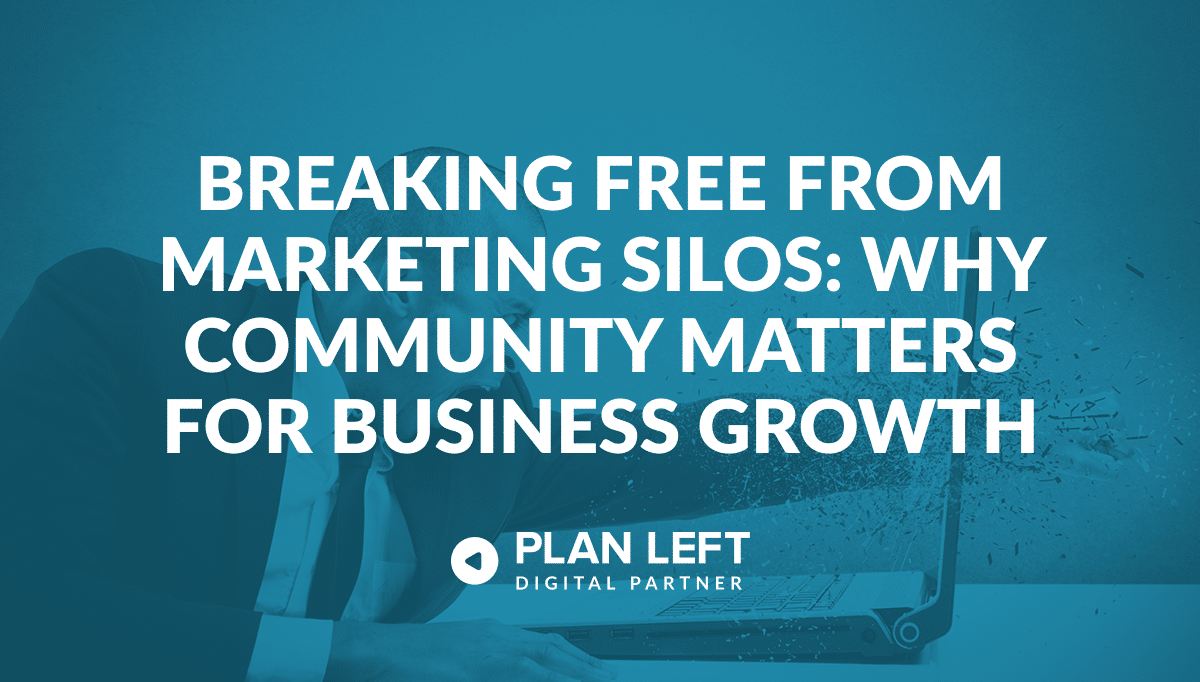
Growth brings opportunity, but it also brings one of the most persistent challenges facing leaders: how do you maintain the quality and performance standards that got you this far while scaling rapidly?
The answer lies in cultivating what we call the excellence mindset—a fundamental shift from viewing quality as something you maintain to something you actively build into every fiber of your organization.
For rapidly growing companies, the temptation to prioritize speed over standards can be overwhelming. Yet organizations that successfully scale while preserving their commitment to excellence understand that quality isn’t a luxury to be sacrificed for growth—it’s the very foundation that makes sustainable expansion possible.
Foundations of Organizational Excellence
Defining the Excellence Mindset
The excellence mindset represents more than just a commitment to high standards. It’s a comprehensive approach to organizational culture that views quality as an integral part of every decision, process, and interaction. This mindset recognizes that excellence is not a destination but a continuous journey of improvement and refinement.
At its core, the excellence mindset challenges the traditional trade-off between speed and quality. Instead of viewing these as competing priorities, organizations with this mindset understand that sustainable speed actually comes from getting things right the first time. They recognize that shortcuts today often become bottlenecks tomorrow, and that the discipline required to maintain high standards during growth phases ultimately accelerates long-term success.
Core Principles of High-Performance Cultures
High-performance cultures are built on several foundational principles that create an organizational excellence culture. First is the principle of ownership, where every team member takes personal responsibility for outcomes rather than simply completing tasks. This creates a natural quality control mechanism where problems are caught and addressed at the source.
The second principle involves transparent communication systems that encourage honest feedback and rapid problem-solving. When teams feel safe to surface issues quickly, organizations can address quality concerns before they compound into larger problems. This transparency extends to performance metrics, where success and areas for improvement are openly shared and discussed.
Finally, high-performance cultures embrace what we call “intelligent failure”—the understanding that taking calculated risks and learning from setbacks is essential for continuous improvement. This principle prevents organizations from becoming overly risk-averse while maintaining their commitment to excellence.
Leadership’s Role in Driving Organizational Quality
Setting and Maintaining Performance Standards
Leadership plays a pivotal role in establishing and reinforcing the performance standards that define organizational excellence. This begins with leaders modeling the behaviors they expect to see throughout the organization. When leaders consistently demonstrate attention to detail, commitment to continuous improvement, and accountability for results, these values naturally permeate the entire company culture.
Effective leaders also understand that standards must be both aspirational and achievable. Setting unrealistic expectations can actually undermine quality by creating stress and shortcuts, while standards that are too low fail to push the organization toward excellence. The key is finding the sweet spot where standards challenge teams to grow while providing the support and resources necessary to meet those expectations.
Communication of standards is equally important. Leaders must clearly articulate not just what the standards are, but why they matter and how they connect to the organization’s broader mission and values. This helps team members understand that quality isn’t just a box to check—it’s fundamental to delivering on the company’s promise to customers and stakeholders.
Creating a Culture of Continuous Improvement
Continuous improvement leadership involves creating systems and processes that naturally evolve and enhance over time. This means establishing regular review cycles where teams examine their work, identify opportunities for enhancement, and implement changes that drive better outcomes.
Leaders foster this culture by celebrating improvements, not just end results. When organizations recognize and reward team members who identify inefficiencies, suggest better approaches, or streamline processes, they reinforce the value of continuous improvement. This recognition helps shift the mindset from “if it’s not broken, don’t fix it” to “how can we make this even better?”
The most effective leaders also create space for experimentation and innovation. They understand that maintaining quality during growth requires finding new and better ways to operate, not just doing more of the same. This might involve pilot programs, cross-functional collaboration initiatives, or dedicated time for teams to explore process improvements.
Strategies for Maintaining Excellence During Growth
Scaling Quality Across Expanding Organizations
Maintaining quality during growth requires deliberate strategies for scaling organizational performance while preserving the standards that drive success.
This starts with documenting and standardizing core processes that directly impact quality. Rather than relying on institutional knowledge or informal training, growing organizations need clear, accessible documentation that ensures consistent execution across all teams and locations. These systems should be designed to be self-reinforcing, where following the process naturally leads to high-quality outcomes.
Technology plays a crucial role in scaling quality. Automated quality checks, digital workflow systems, and performance monitoring tools can help maintain standards even as teams grow rapidly. However, technology should enhance human judgment, not replace it. The most successful organizations use technology to handle routine quality assurance tasks while freeing up team members to focus on higher-level problem-solving and improvement initiatives.
Embedding Performance Excellence in Organizational Processes
True performance excellence becomes embedded when quality considerations are built into every organizational process from the ground up. This means designing workflows that naturally produce high-quality outcomes rather than relying on after-the-fact quality control measures.
Integration starts with hiring and onboarding processes that emphasize quality mindset alongside technical skills. New team members should understand from day one that excellence is not just expected but actively supported through training, mentorship, and clear performance expectations. This foundation prevents quality issues from emerging as the organization grows.
Performance excellence also requires regular process audits and refinements. As organizations scale, the processes that worked for smaller teams may need adjustment to maintain effectiveness. Regular review ensures that quality standards evolve appropriately with organizational growth rather than becoming outdated or irrelevant.
Building and Sustaining High-Performing Teams
Talent Development and Performance Optimization
High-performance team strategies focus on developing individual capabilities while fostering collaborative excellence. This begins with identifying the specific skills and competencies that drive quality outcomes in each role, then creating targeted development programs that help team members continuously improve in these areas.
Effective talent development goes beyond technical training to include soft skills that support quality culture. Communication skills, problem-solving abilities, and collaborative mindset are all essential components of maintaining excellence as organizations grow. Teams that excel at these areas naturally support quality outcomes through better coordination and more effective issue resolution.
Performance optimization also involves creating clear career pathways that reward excellence and continuous improvement. When team members see that quality work and improvement initiatives are recognized and rewarded, they’re more likely to maintain high standards even during busy growth periods.
Creating Accountability and Motivation Frameworks
Sustainable excellence requires accountability systems that motivate high performance without creating counterproductive pressure. Effective frameworks balance individual accountability with team-based metrics, ensuring that quality is everyone’s responsibility while preventing any single person from becoming a bottleneck.
These frameworks should include both leading and lagging indicators of performance. Leading indicators help teams identify and address potential quality issues before they impact outcomes, while lagging indicators provide insight into overall performance trends. This combination enables proactive quality management rather than reactive problem-solving.
Motivation frameworks must also recognize that different individuals are motivated by different factors. Some team members thrive on public recognition, others prefer private feedback, and still others are motivated primarily by opportunities for growth and development. Effective leaders understand these differences and create multiple pathways for recognizing and rewarding excellence.
Measuring and Evolving Organizational Excellence
Performance Measurement and Feedback Systems
Robust measurement systems are essential for maintaining quality during periods of rapid growth. These systems should provide real-time visibility into performance trends while enabling quick identification of areas that need attention. However, measurement is only valuable if it leads to actionable insights and improvements.
Effective measurement systems balance quantitative metrics with qualitative feedback. While numbers provide important trend data, qualitative insights from team members, customers, and stakeholders often reveal the underlying factors that drive performance. Combining these perspectives creates a more complete picture of organizational health and quality performance.
Feedback systems must also be designed for speed and accuracy. In rapidly growing organizations, delayed feedback can mean quality issues compound before they’re addressed. Real-time dashboards, automated alerts, and regular check-ins help ensure that performance data leads to timely action rather than historical analysis.
Adaptive Approaches to Organizational Development
The most successful scaling organizations understand that their approaches to maintaining excellence must evolve as they grow. What works for a 20-person team may not be effective for a 200-person organization, and leaders must be willing to adapt their strategies accordingly.
Adaptive organizational development involves regularly assessing the effectiveness of current systems and processes, then making adjustments based on what the data reveals. This might mean changing communication patterns, adjusting performance metrics, or implementing new tools and technologies that better support quality outcomes at scale.
The key to successful adaptation is maintaining core principles while evolving specific tactics. The commitment to excellence remains constant, but the methods for achieving and maintaining that excellence should be flexible enough to grow with the organization. This balance ensures that quality standards are preserved even as operational approaches evolve to meet new challenges and opportunities.
Explore Latest Posts
The Entrepreneur's Guide to Creating a High-Ticket Flagship Offer Most businesses are built on a foundation of scattered services, multiple ... read more
December 16, 2025
Breaking Free from Marketing Silos: Why Community Matters for Business Growth Every entrepreneur knows the weight of making decisions alone. ... read more
December 11, 2025
A Step-By-Step Approach to Breaking Free from Generic Marketing Enterprise marketing leaders face the challenge of standing out among countless ... read more
December 9, 2025
Essential Strategies for Entrepreneurs
Get Actionable Business Insights & Marketing Tips
Our newsletter delivers real-world strategies from entrepreneurs who’ve been exactly where you are.
Sign up now for:
- Actionable growth strategies that work
- Insider tactics for attracting top talent
- Real-world case studies from successful founders
- Emerging tech trends that drive innovation
- Pragmatic marketing approaches for visionary leaders




